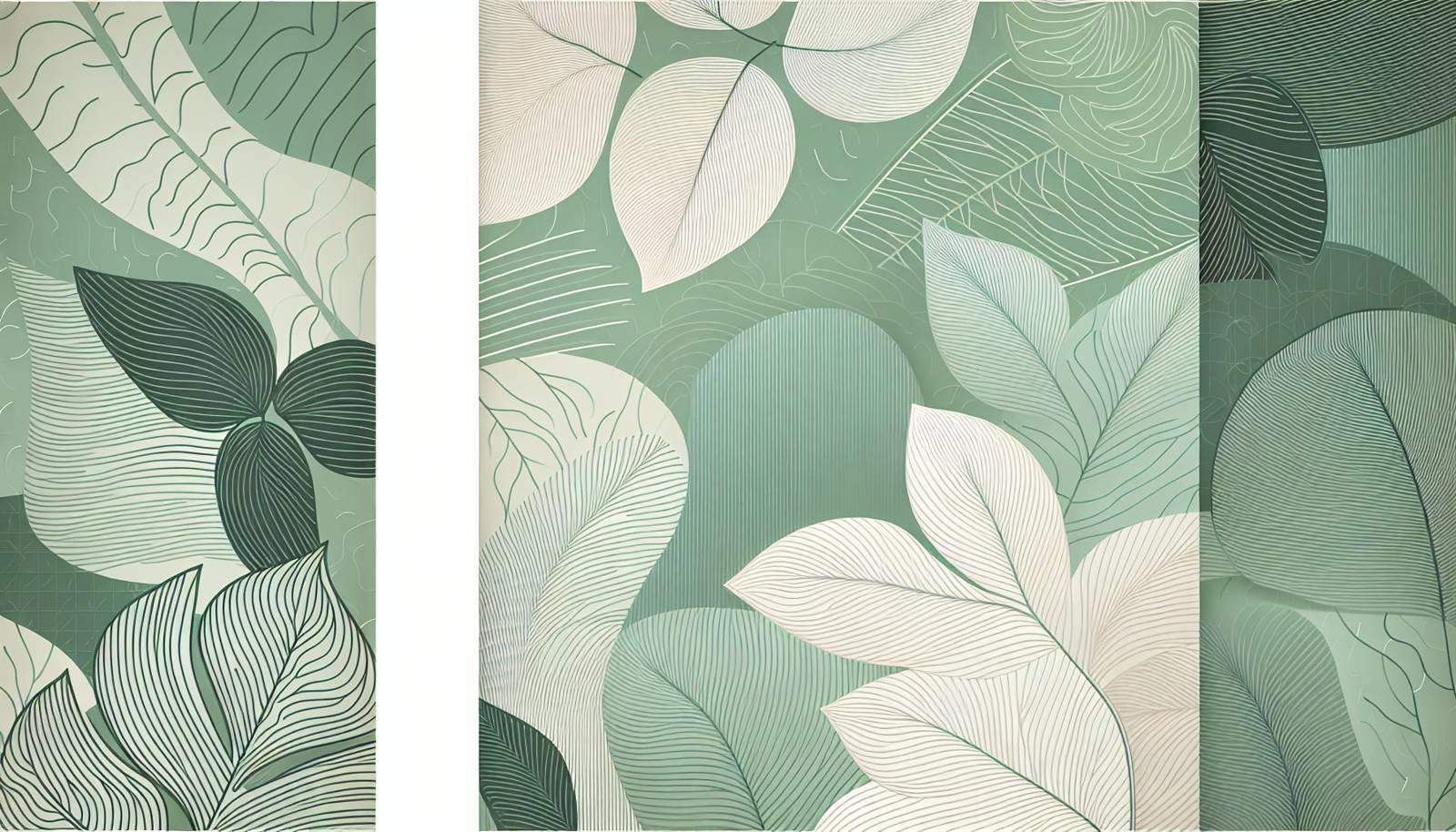
FAQ About Indoor Plant Longevity Strategies

What are the basic factors to consider for enhancing indoor plant longevity?
To enhance the longevity of indoor plants, consider factors such as light, water, temperature, humidity, soil, and container type. Ensuring each plant receives the appropriate amount of these elements is key to their healthy growth.

How does sunlight affect the lifespan of indoor plants?
Sunlight plays a crucial role in photosynthesis, the process through which plants create energy. Different plants require varying amounts of light, ranging from direct sunlight to low-light conditions. Choosing a location with suitable light levels for your specific plant type can prevent issues like wilting or leaf drop.

What type of water is best for indoor plants?
Most indoor plants thrive with tap water, but it's best to let the water sit out overnight to allow chlorine to dissipate. Some plants are sensitive to minerals found in hard water and might benefit from rainwater or distilled water. Always research your specific plant types and their water preferences.

How can humidity levels affect indoor plants?
Humidity is important for many indoor plants, especially tropical varieties. High humidity can reduce stress and prevent issues like brown leaf tips. To maintain appropriate humidity, consider using a humidifier, misting plants, or placing a tray of water near the plants.

What are signs that an indoor plant needs repotting?
Signs that an indoor plant needs repotting include roots growing out of the drainage holes, slowed growth, and water not absorbing well. Repotting allows for new soil enrichment and additional space for root growth, promoting healthier and longer-living plants.
